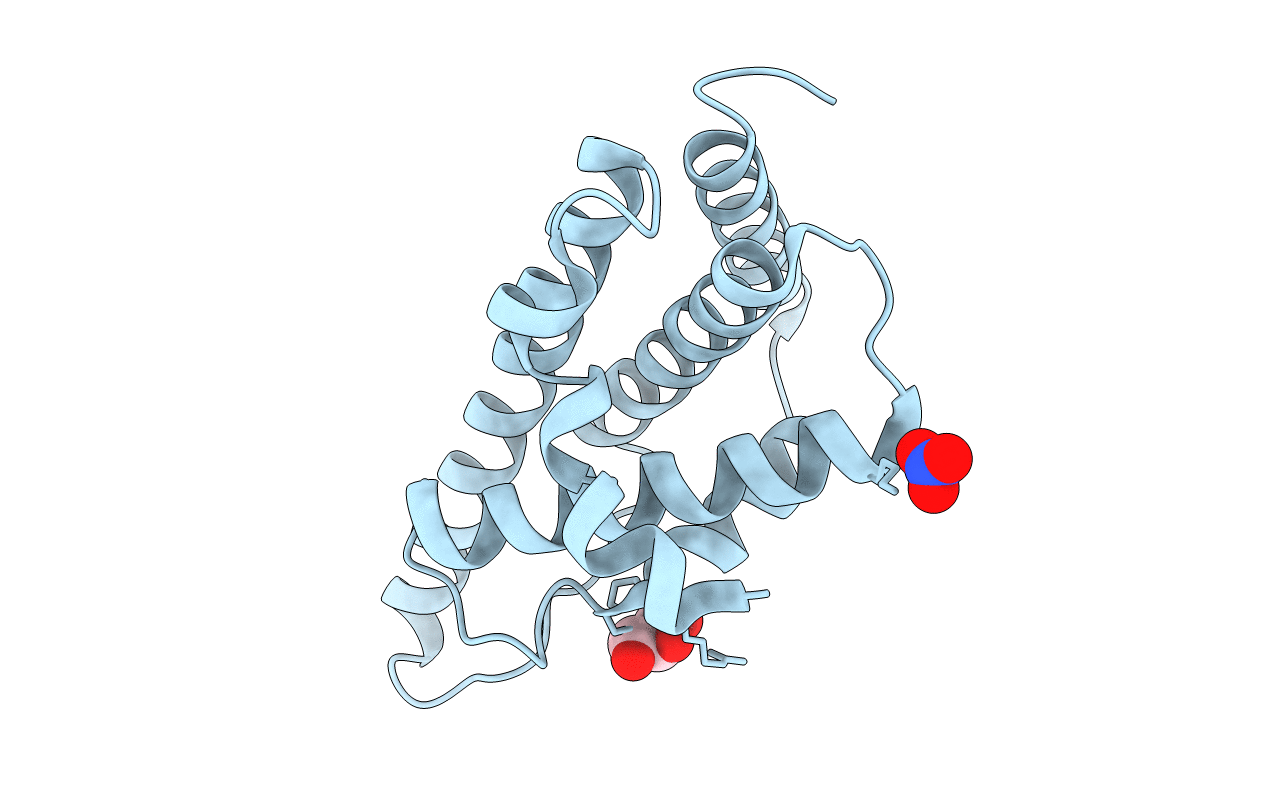
Deposition Date
2010-09-28
Release Date
2011-03-30
Last Version Date
2024-11-06
Entry Detail
PDB ID:
2XSE
Keywords:
Title:
The structural basis for recognition of J-base containing DNA by a novel DNA-binding domain in JBP1
Biological Source:
Source Organism:
LEISHMANIA TARENTOLAE (Taxon ID: 5689)
Host Organism:
Method Details:
Experimental Method:
Resolution:
1.90 Å
R-Value Free:
0.20
R-Value Work:
0.17
R-Value Observed:
0.17
Space Group:
P 61 2 2


